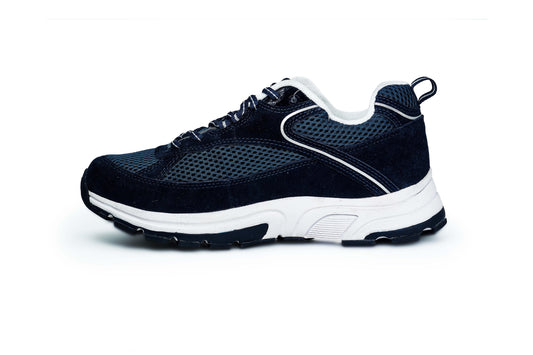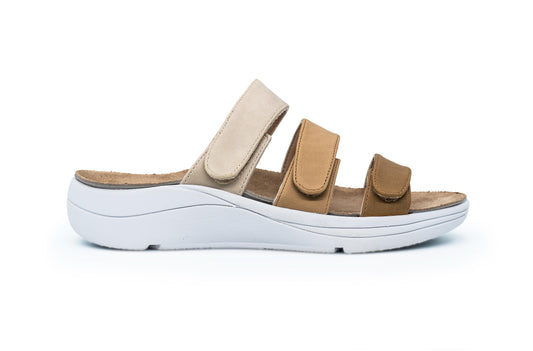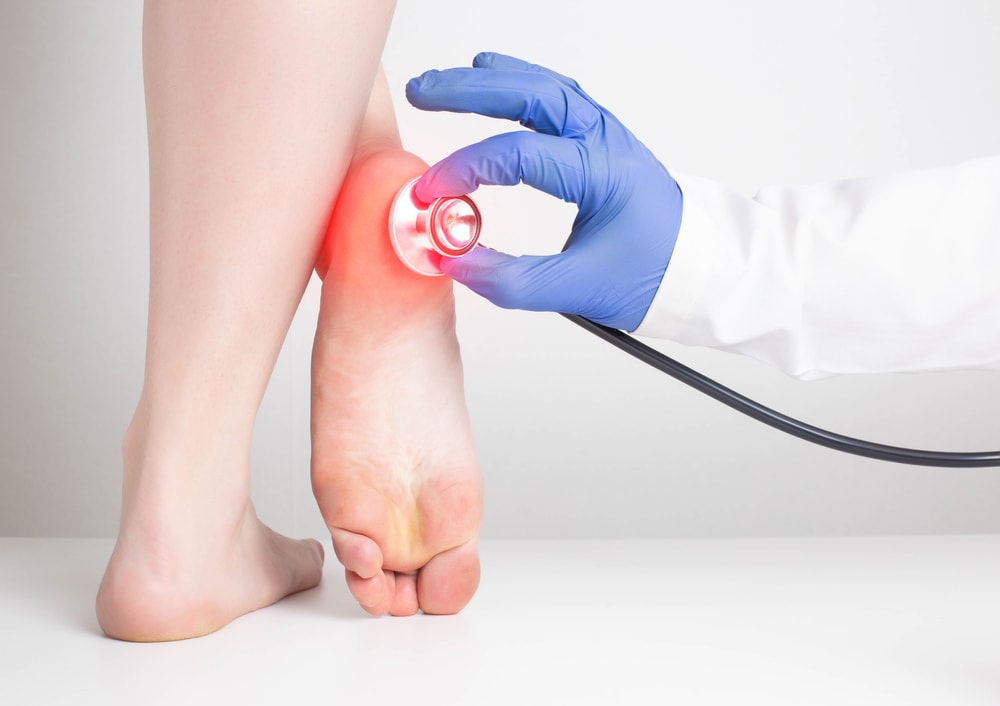HOW TO SPOT EARLY SIGNS OF FOOT COMPLICATION IN DIABETES
It's quite common for people with diabetes to experience tingling or numbness in their feet, but it can adversely affect their quality of life. Having diabetes or raised blood sugar levels for an extended period can put them at the highest risk of nerve damage in the feet. Regular screening and early detection of diabetic foot complications are crucial for preventing serious outcomes like ulcers and amputations. There are several key signs and assessment areas that healthcare providers and patients should monitor.
Regular Foot Inspection

Daily foot checks are essential for identifying early complications. These should be conducted in good lighting, examining both the top and bottom of the feet, including between the toes. A mirror may be needed to view all areas properly. The key changes to look for include alterations in foot color, temperature, shape, smell, and any new wounds or scratches.
Nerve-Related Warning Signs

Peripheral neuropathy, affecting up to 50% of older people with type 2 diabetes, presents early warning signs through both small-fiber and large-fiber nerve dysfunction. Small-fiber dysfunction manifests as loss of pain and temperature perception—a critical early sign where patients begin losing their protective pain sensation. Large-fiber dysfunction appears as unsteadiness, which can lead to an increased risk of falls and unnoticed minor injuries.
Autonomic neuropathy presents early signs through decreased sweating, resulting in dry foot skin. This dryness can lead to callus formation, a significant early warning sign of potential ulceration. The presence of warm feet due to reduced vasoconstriction, particularly when peripheral artery disease (PAD) is absent, should also be noted as an early indicator.
Circulatory Warning Signs

Poor blood circulation often presents through several observable changes. Early signs include:
- Toes changing color
- Swelling around the ankles
- Consistently cold feet
- Reduced hair growth on the feet
- Cramping while in bed
- Calf muscle pain while walking, which only improves with rest
Skin and Tissue Changes
The development of calluses is an important early warning sign that requires attention. While calluses are the body's natural protective mechanism, they can indicate areas of excessive pressure. If left unaddressed, these areas may develop into ulcers. Additionally, any areas of redness on the feet should be monitored closely as they often indicate pressure points that could lead to complications.
Physical Deformities and Structural Changes

Early structural changes in the feet can signal developing complications. These include clawing of the toes, which creates increased pressure on the metatarsal heads. In patients with developing neuropathy, these pressure points may not cause pain but can lead to tissue breakdown. Other early deformities to watch for include hallux valgus as well as any changes in foot structure.
Demographic and Historical Factors
The risk of complications increases with age and duration of diabetes, with a two- to fourfold increase in risk. Males have a 1.6-fold higher risk of developing foot ulcers in Western countries. Additionally, certain ethnic groups, including Hispanics, Native Americans, and individuals of African-Caribbean descent, show higher susceptibility to complications.
Visual and Other Microvascular Signs
Visual impairment from retinopathy serves as an early warning sign for potential foot complications. Additionally, patients at all stages of nephropathy show an increased risk of foot problems. Patients on dialysis are particularly high-risk and require careful monitoring for early signs of foot complications.
To prevent complications, several ongoing monitoring strategies should be implemented:
- Regular integrated foot care visits with podiatrists and diabetes foot care team members
- Daily self-examination by patients or caregivers
- Use of thermometry to detect early signs of inflammation
- Regular assessment of therapeutic footwear effectiveness
- Monitoring for any changes in foot shape or new pressure points
Early detection of these signs is crucial as it allows for prompt intervention. The goal is to identify potential problems before they progress to more serious complications like ulcers or infections that could lead to amputation. This is particularly important given that about half of the patients with diabetes who present with a foot wound show clinical evidence of infection, and diabetic foot infections are the most common diabetes-related reason for hospitalizations and lower-extremity amputations. Healthcare providers recommend establishing a routine for these checks and maintaining detailed records of any changes observed, which can help track progression and identify patterns requiring medical attention.
Take the Next Step Towards Comfort and Care
Discover the perfect balance of support, style, and expert guidance for your feet. Explore our collection of orthopedic and diabetic shoes designed to keep you moving with ease.
Start your journey to happy, healthy feet today!
Visit us at DiabeticShoe for more tips, insights, and footwear solutions.
Stay Connected:
Follow us on Facebook, Instagram, YouTube, LinkedIn, Twitter, Pinterest, and Quora for updates, advice, and more informative content.








